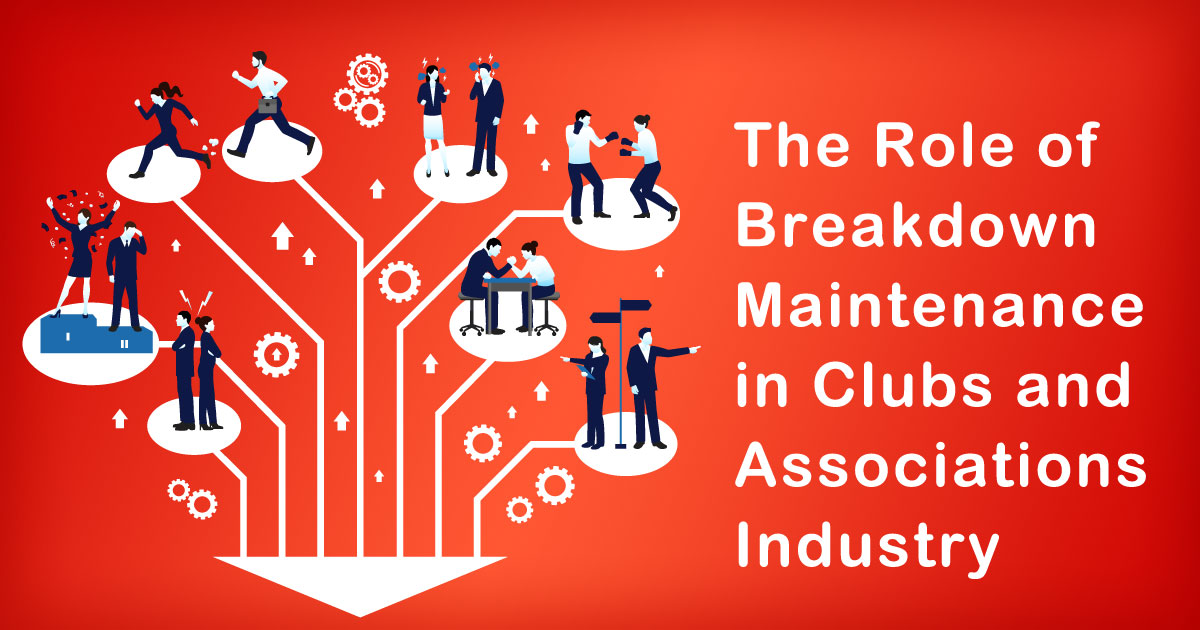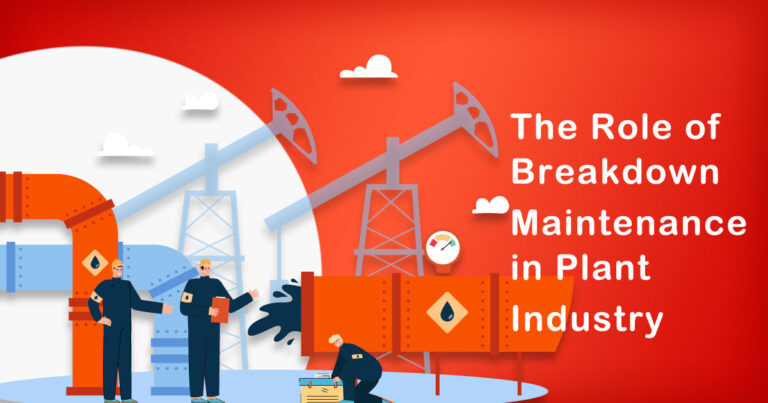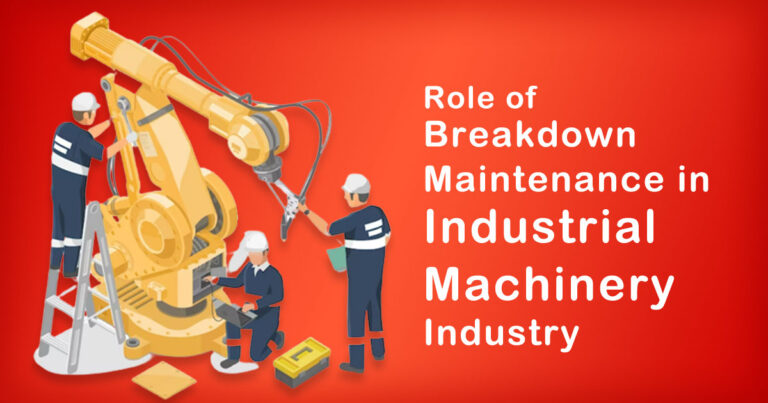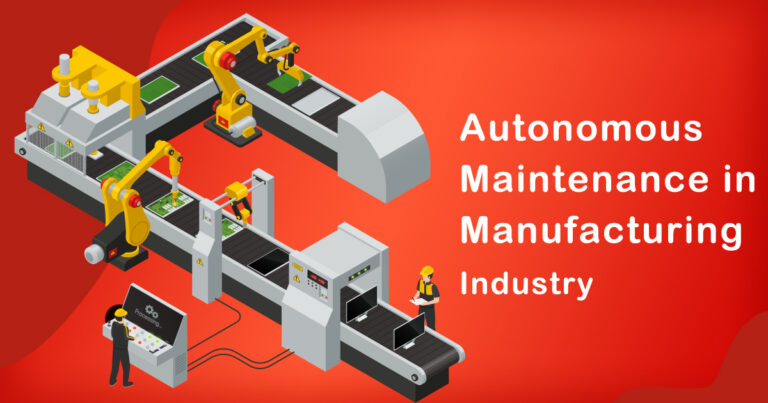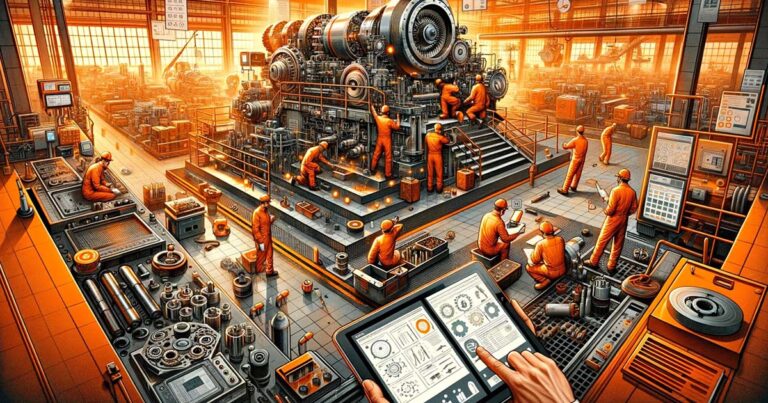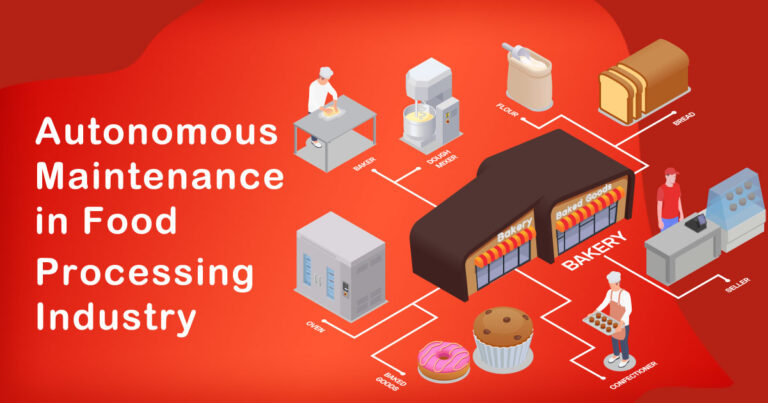Introduction
In the dynamic and fast-paced world of clubs and associations, the smooth operation of facilities and infrastructure is crucial for delivering exceptional experiences to members. However, the occurrence of breakdowns and malfunctions is an inevitable reality that can disrupt daily operations and impact customer satisfaction. This is where breakdown maintenance plays a vital role. In this article, we will explore the significance of breakdown maintenance in the clubs and associations industry in an Indian context.
Understanding Breakdown Maintenance
Breakdown maintenance, also known as reactive maintenance or run-to-failure maintenance, involves addressing equipment failures and malfunctions as they occur. Unlike preventive maintenance, which focuses on regular inspections and servicing to prevent breakdowns, reactive maintenance responds to issues after they have already happened. While preventive maintenance aims to minimize downtime and extend the lifespan of equipment, breakdown maintenance focuses on swift repairs to restore functionality.
Importance of Breakdown Maintenance in Clubs and Associations
1. Ensuring Member Satisfaction:
In the clubs and associations industry, member satisfaction is paramount. Whether it’s a gym, a sports club, or a recreational facility, any equipment or infrastructure failure can severely impact the member experience. By promptly addressing breakdowns through reactive maintenance, clubs can minimize disruptions and ensure members can enjoy uninterrupted services, enhancing their satisfaction and loyalty.
2. Cost-Effectiveness:
While preventive maintenance is essential for reducing the likelihood of breakdowns, it can be resource-intensive and costly. In contrast, breakdown maintenance allows clubs to allocate their maintenance budget more efficiently. By focusing resources on addressing immediate issues, clubs can optimize their spending and allocate funds where they are most needed, ensuring a higher return on investment.
3. Flexibility and Responsiveness:
The clubs and associations industry often deals with unexpected events and fluctuations in demand. Breakdown maintenance offers flexibility by adapting to these dynamic conditions. Clubs can allocate maintenance resources based on real-time needs, ensuring a quick response to equipment failures or malfunctions. This agility helps minimize downtime and keep operations running smoothly, even during peak periods.
4. Equipment Longevity:
While breakdown maintenance is primarily reactive, it can still contribute to the longevity of equipment in the long run. By addressing breakdowns promptly, clubs can prevent further damage that may occur if the issue is left unattended. This proactive approach within a reactive framework can help extend the lifespan of critical equipment, reducing the need for premature replacements and saving costs in the long term.
5. Staff Efficiency:
Efficient maintenance practices not only benefit the members but also streamline operations for the staff. Breakdown maintenance allows clubs to focus their maintenance efforts on specific equipment and areas that require immediate attention, reducing unnecessary routine checks. This approach frees up staff time, enabling them to focus on other essential tasks and improving overall productivity.
Challenges and Strategies in Implementing Breakdown Maintenance
While breakdown maintenance offers numerous benefits, there are challenges clubs must navigate to maximize its effectiveness. Some common challenges include:
1. Downtime:
Although breakdown maintenance aims to minimize downtime, some repairs may require longer periods to complete. Clubs must devise strategies to mitigate the impact of downtime on member experiences. This can include offering alternative facilities or services during the repair process.
2. Maintenance Monitoring:
Tracking breakdowns and repairs is crucial for optimizing maintenance strategies. Clubs can implement computerized maintenance management systems (CMMS) to record and analyze maintenance data. These systems provide valuable insights into equipment performance, identify recurring issues, and help in prioritizing preventive measures.
Training and Expertise
Clubs must ensure their maintenance staff has the necessary skills and knowledge to handle breakdowns efficiently. Regular training programs and certifications can equip staff with the expertise required for effective reactive maintenance. Additionally, outsourcing maintenance to specialized service providers can supplement in-house capabilities.
Conclusion
Breakdown maintenance plays a vital role in the clubs and associations industry, allowing swift resolution of equipment failures and malfunctions. By promptly addressing breakdowns, clubs can ensure member satisfaction, optimize maintenance spending, and enhance operational efficiency. While there are challenges in implementing breakdown maintenance, adopting strategies such as using CMMS, providing alternative facilities during repairs, and investing in staff training can help overcome these obstacles. In an Indian context, where the clubs and associations industry is thriving, breakdown maintenance is a key factor in delivering exceptional experiences to members and maintaining a competitive edge.


